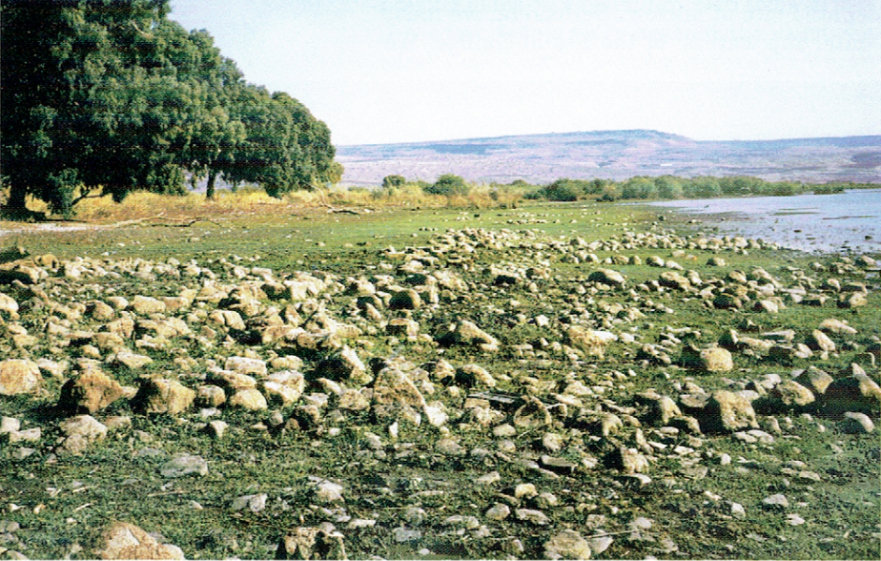One of the challenging tasks for archaeologists and biblical historians alike is the identification of sites mentioned in the Bible—some of which were destroyed and disappeared in time without a trace. The first comprehensive attempt to locate these sites was that of Eusebius, the fourth-century church historian (ca. 265-339 A.D.). In his Onomasticon Eusebius cataloged all of the cities and regions mentioned in the Old Testament and the Gospels.[1] Supplementing this list when possible, Eusebius provided detailed information concerning their locations, including their distances in Roman miles from other well-known cities and villages.
Although the scale of Eusebius’ compilation is impressive, the work’s most glaring failure is the historian’s unfamiliarity with the Hebrew of the Old Testament. On occasion he mistakes a Hebrew adverb, adjective or obscure noun for a proper name. In so doing, he (and/or the Greek translations he used) invented places that never existed. At other times, the brevity of his descriptions—with nothing more than details taken from the Bible itself and no additional information about the site—suggests that the location of the site was already lost by the beginning of the fourth century.
Paid Content
Premium Members and Friends of JP must be logged in to access this content: Login
If you do not have a paid subscription, please consider registering as a Premium Member starting at $10/month (paid monthly) or only $5/month (paid annually): Register
One Time Purchase Rather Than Membership
Rather than purchasing a membership subscription, you may purchase access to this single page for $1.99 USD. To purchase access we strongly encourage users to first register for a free account with JP (Register), which will make the process of accessing your purchase much simpler. Once you have registered you may login and purchase access to this page at this link:
- [1] R. Steven Notley and Ze’ev Safrai, Eusebius, Onomasticon: A Triglott Edition with Notes and Commentary (Leiden: Brill, 2005). ↩
































































































